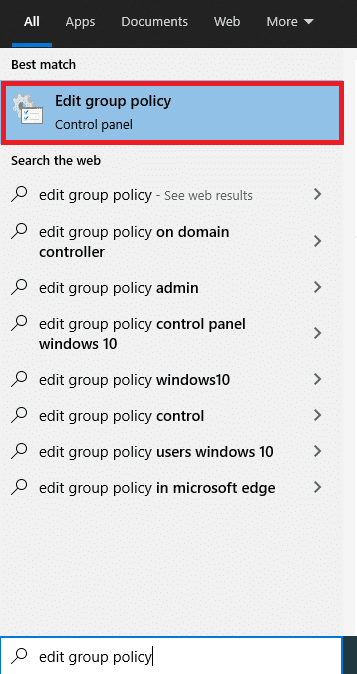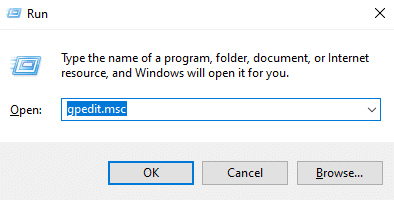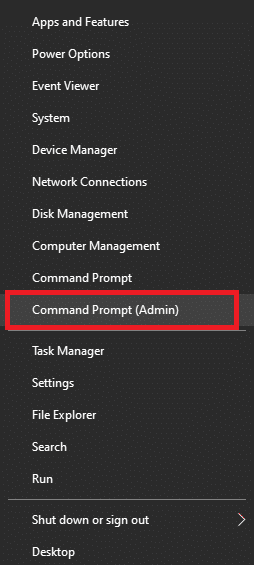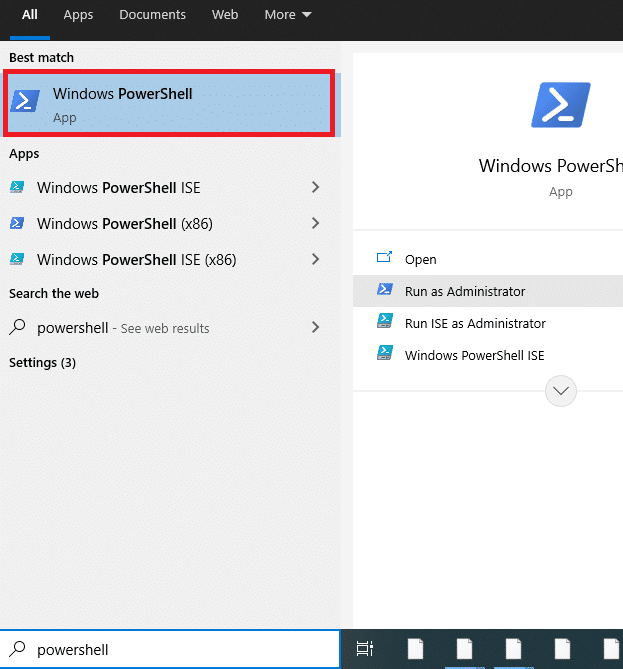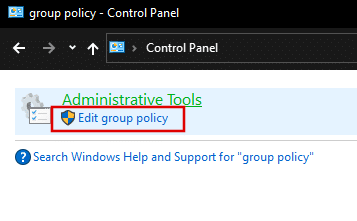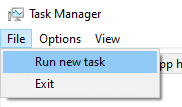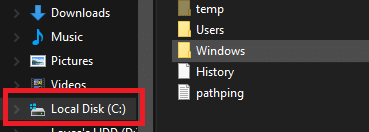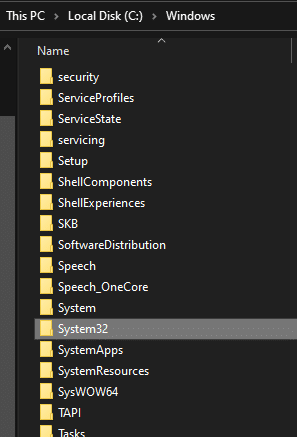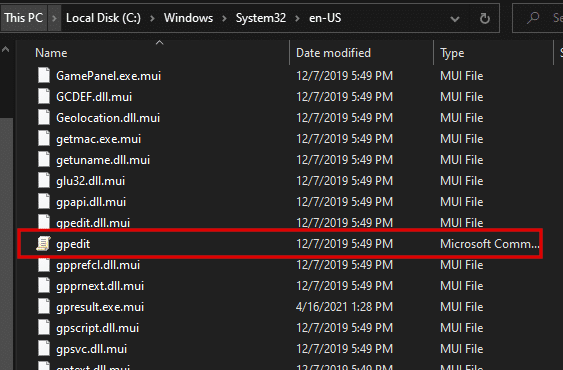Power users and IT administrators can benefit heavily from such a powerful tool like the Local Group Policy Editor. With this tool, you can control many aspects of how the other users access and use your Windows system. That is, of course, so long as you know how to open the Local Group Policy Editor in Windows 10.
Method 1. Open Local Group Policy Editor in Windows 10 via Windows 10 Search
Step 1. Type edit group policy into the Cortana (taskbar) search box.
Step 2. Click the result Edit group policy.
Method 2. Open Local Group Policy Editor in Windows 10 via the Run Command Window
Step 1. Open the Run dialog (Win + R) and type in gpedit.msc.
Step 2. Click OK. You may be prompted with a UAC window. Click Yes to proceed to the Local Group Policy Editor.
Method 3. Open Local Group Policy Editor in Windows 10 via Command Prompt
Step 1. Open the Quick Access menu (Win + X) and click on Command Prompt (Admin). If your Quick Access menu does not feature Command Prompt (Admin), you can type cmd into the Cortana search bar. Just make sure to run as administrator.
Read More: How to Open Command Prompt as Administrator in Windows 10
Step 2. Type in the command gpedit, and press Enter.
This will open the Local Group Policy Editor in Windows 10.
Method 4. Open Local Group Policy Editor in Windows 10 via Windows PowerShell
Step 1. Search for PowerShell using Cortana search. Select Run as administrator. You can also use the Power menu (Win + X) if PowerShell (Admin) is available.
Step 2. Just like Command Prompt, type in gpedit, and then press Enter to open the Local Group Policy Editor.
Method 5. Open Local Group Policy Editor in Windows 10 via Control Panel
Step 1. Type Control Panel into Cortana search and select it from the results.
Step 2. In the search box found at the upper-right of the window, type in group policy.
Read More: How to Open Control Panel in Windows 10
Step 3. The Edit group policy link should appear just under the Administrative Tools title.
Click the Edit group policy link to launch Local Group Policy Editor in Windows 10.
Method 6. Open Local Group Policy Editor in Windows 10 by using Task Manager
Step 1. Launch Task Manager by pressing the CTRL + SHIFT + ESC keys simultaneously.
Step 2. Open the File tab drop-down, and click Run new task.
Step 3. Type gpedit into the box and click OK.
Method 7. Open Local Group Policy Editor in Windows 10 by using Windows Explorer
Step 1. Open File Explorer in Windows 10.
Step 2. Type gpedit.msc in the address bar at the top and press Enter.
Method 8. Open Local Group Policy Editor in Windows 10 Through The .EXE File
If you’d prefer to take the longer route through file explorer to open the Local Group Policy Editor, you can do so by navigating there.
Step 1. Launch File Explorer and click on Local Disk (C:) in the left pane. Then double-click the Windows folder in the main section.
Step 2. While in the Windows folder, scroll to the System32 folder and double-click it.
Step 3. Scroll to find the file gpedit.msc. If you can’t find it here, you may need to locate the en-US folder. The gpedit.msc file will be in there instead.
Step 4. Double-click it to open the Local Group Policy Editor in Windows 10.
Method 9. Open Local Group Policy Editor in Windows 10 Through Windows 10 Settings
There is another way on how you can open the Local Group Policy Editor in Windows 10. You can do so through the Windows 10 Settings.
Step 1. Open the Settings window by pressing the Win + I keys.
Step 2. In the Settings window, click the Search box, and type in group policy.
Step 3. Click on Edit group policy from the results to open Local Group Policy Editor on Windows 10.
FAQs About Local Group Policy Editor in Windows 10
What Versions of Windows Have Access To The Local Group Policy Editor?
The Local Group Policy Editor is an advanced tool reserved for IT administrative purposes. It is not available in Home or Starter versions of Windows but is available to Windows 10 Pro and Enterprise, Windows 7 Pro, Ultimate, and Enterprise, as well as Windows 8.1 Pro and Enterprise versions.
What Are Some Examples of What The Local Group Policy Editor in Windows 10 Is Used For?
The main purpose of the Local Group Policy Editor is to configure Windows settings for all local users. This includes allowing users to only access specified applications, blocking them from using USB sticks in the computer, and disabling all keyboard shortcuts. This is only scratching the surface of what an administrator can do within the Local Group Policy Editor.
An admin can even create templates to manage how the Control Panel, Network, Start Menu, and Taskbar will work and who can access them. These can be administered and applied computer-wide and user-specifically.
Conclusion
Understanding the uses for Local Group Policy Editor and how to enforce the applied policies can protect your company’s computer network, as well as your own. Using the above methods will get you on your way to setting up your own personal administrative policies and templates.
